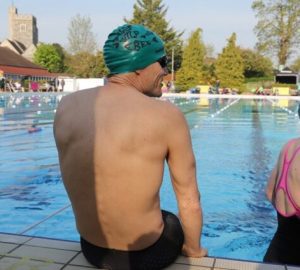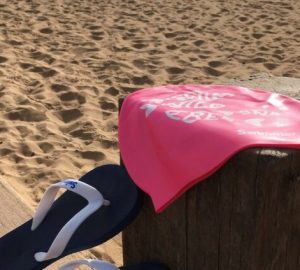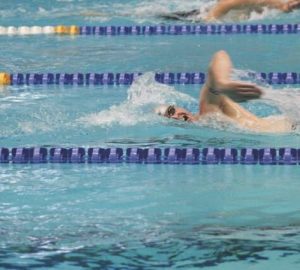Water is dangerous; swimming is relatively safe
The recently released statistics from the Water Incident Database (WAID) show that 321 people drowned in the United Kingdom in 2015. This year, despite the very visible Respect the Water safety campaign from the RNLI, we’ve seen a number of tragic deaths in open water including five young men in one horrific incident at Camber Sands.
Water is clearly incredibly dangerous, but if you look more closely at the statistics they indicate that swimming itself is relatively safe. Out of all the water related deaths in 2015, 29 were attributed to swimming, of which three were in swimming pools. That means 26 people drowned in open water (10 at the coast, nine in rivers, five in lakes, one in a quarry and one in a reservoir). In contrast, 82 people died as a result of falling in while walking or running alongside water and 31 died as a result of a waterside activity or in-water play.
Because water is so essential to our lives, it’s easy to forget that it’s a force of nature. If you were going to go hiking in the mountains you would, I hope, prepare accordingly. For most of us, mountains are something completely separate from our daily lives. It’s an effort to access remote areas and we know that visiting the wilderness is very different from a stroll in our local park.
The problem with rivers is that they bring the wilderness right into our towns and cities. Yes, we build concrete walls to contain and direct them, but essentially they are natural environments. It’s the same with the sea and our coastal towns. The barrier between civilisation and nature is very thin. And nature, despite its beauty, can be dangerous.
However, because rivers and the ocean (and lakes too) are often physically very close to our homes, shops and streets, it’s easier to overlook how potentially dangerous they are. We also know that public swimming pools, which are of course full of water, are safe places thanks to the efforts of the leisure industry (only five people drowned in swimming pools in 2015, and we don’t know how many of those were in private unsupervised pools or in public lifeguarded ones).
As open water swimmers, we are relatively experienced and competent water users. The statistics don’t tell us, but I suspect very few of the 26 people who drowned in open water while swimming were regular swimmers, swimming with a group of similarly competent people and taking appropriate safety precautions.
321 drowning deaths is far too many. Because of our special relationship with water, I believe the open water swimming community has a responsibility to people who are less well informed to help keep them safe in and around open water. We can help reduce this toll. Here are some things you can do:
· Support drowning prevention campaigns by the emergency services and drowning prevention charities by sharing their messages and videos.
· Call out risky behaviour when you see it. Explain what the risks are and how and where to swim safely.
· Practise safe open water swimming yourself and be a good example
· Lobby for the creation of safe beaches and swimming areas, especially inland in lakes and on rivers. If people have options to swim in safe open water places they will be less likely to swim in unsafe ones.
The full statistics are available on the National Water Safety Forum website and can be downloaded here: http://www.nationalwatersafety.org.uk/waid/reports.asp






